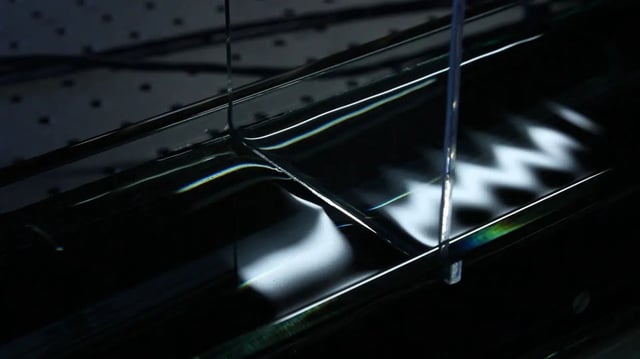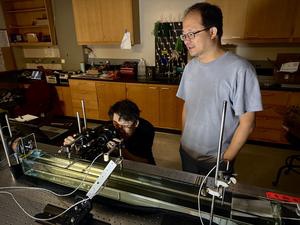Overview
- Researchers simulated microgravity by generating small, frequent surface waves in a tank at the National Center for Physical Acoustics.
- A partial barrier created a meniscus whose shape governed how much wave energy crossed to the other side, measured with acoustic tools.
- Adjusting barrier height and applying hydrophilic or hydrophobic coatings let the team tune the meniscus and, in turn, transmission.
- The authors describe this as the first fluid experiment to demonstrate meniscus-driven modulation of surface-wave transmission.
- Potential uses include lighter, more efficient spacecraft fuel, water-recycling, life-support, and cooling systems, with possible crossover to microfluidic devices on Earth.


